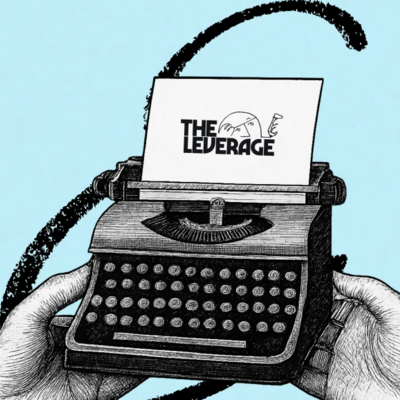
In Partnership with Product Growth
Product Growth is a once-a-week insightful newsletter that covers the latest technology, product management, and growth topics.
Hendrix had his Fender Stratocaster. Yo-Yo Ma, his Stradivarius. Steve, your lovable dumbass neighbor from college? He has Tinder. The match of his bronzer-lotioned finger with Tinder’s devilishly swipeable surface is the ultimate pairing of tool and tool. It is a symbiotic relationship—in exchange for dollars, Tinder provides, as Steve so colloquially calls it, “babes.”
However, Steve has a secret: a deep, all-consuming love for the opera. In his pursuit of the perfect babe, Steve is looking for someone who will share his affinity for crying to Pavarotti and crushing White Claws. Normally, he might have issues finding such an individual at Rush Week. But with Tinder’s AI algorithms, the alto alcoholic of his dreams is just one finger flick away.
So why does Tinder matter? Because it facilitates love and, by extension, grows the world’s population.
Many technologists look to work at a mission-driven company, to make a difference in the world. To do so, they duct-tape together bits and atoms into a shape that produces net new economic activity. When you look to change the world, you may think of frontier sciences: nuclear fusion or space flight or large language models. I do not deny that these things are objectively cool. However, I would argue there is someone with a greater, more immediate need for help from our most brilliant minds. That person is Steve.
I will also admit to having once been in a similar situation as our operatic frat bro. In 2020, my love life was a disaster, and I couldn’t find anyone I really clicked with. Then, one day on Hinge (a dating app owned by the same parent company as Tinder), I got a “most compatible” recommendation from their AI algorithm, and there on my screen was Morgan. We had no mutual friends, no overlap in our interests, and to the casual observer, nothing in common. She is an academic who studies English literature, and I, well, I am a nerd who likes startups.
But somehow, Hinge’s algorithm knew we would get along. Our first date went for 3x as long as we planned. Our second date was supposed to be an hour and ended up being six. A little over a year after meeting, we were married. The best thing that ever happened to me was only possible because of a recommendation algorithm. An underappreciated fact about dating apps is that they pierce social circles. You meet people you never would've met normally, and I just happened to meet my soulmate.
Love lifts us up where we belong…is the purpose for living…all that Hallmark-branded hullabaloo. Theoretically, I could end my argument right here. But this column is Napkin Math, and so we have to talk about the real reason love matters: It makes the economy work. And the reason why is simple.
We need more babies.
The economic importance of finding love
I cannot overstate how critical it is to have a young labor force.
Almost all Nobel Prizes were awarded to researchers who discovered their results between the ages of 31–40 (41.8% and 47.4%, correspondingly). Young people make pension insurance programs like Social Security possible by paying into the deposit base. Old people take a ton of federal resources—the U.S. government currently spends 40% of its budget on people 65 and up. Young people are a malleable workforce that can be funneled toward where opportunity is.
When a country goes below population-replacement levels, there are ever more elderly supported by ever fewer young people. Countries like Italy and Japan have already seen flagging economies from lower birth rates. Rural towns slowly die as young populations consolidate around urban centers. To try to prevent similar problems, Korea has spent over $150B to encourage families to have more kids. Importantly, this spending has made no material difference.
Theoretically you could fix these concerns caused by shrinking populations by:
- Enabling the elderly to work for longer and be healthier for more years
- Decreasing the level of government support to the elderly
However, option one feels very distant, and option two feels deeply cruel. The best remaining option is probably to make more babies. This is even with factoring in the environmental concerns that increased populations bring. We have to make the bet that technology like fusion or fertilizer will allow us to keep up with the power and food requirements of a growing planet.
America is screwed until we figure out how to screw again.
Where is the problem?
The Only Subscription
You Need to
Stay at the
Edge of AI
The essential toolkit for those shaping the future
"This might be the best value you
can get from an AI subscription."
- Jay S.
Join 100,000+ leaders, builders, and innovators

Email address
Already have an account? Sign in
What is included in a subscription?
Daily insights from AI pioneers + early access to powerful AI tools










Comments
Don't have an account? Sign up!